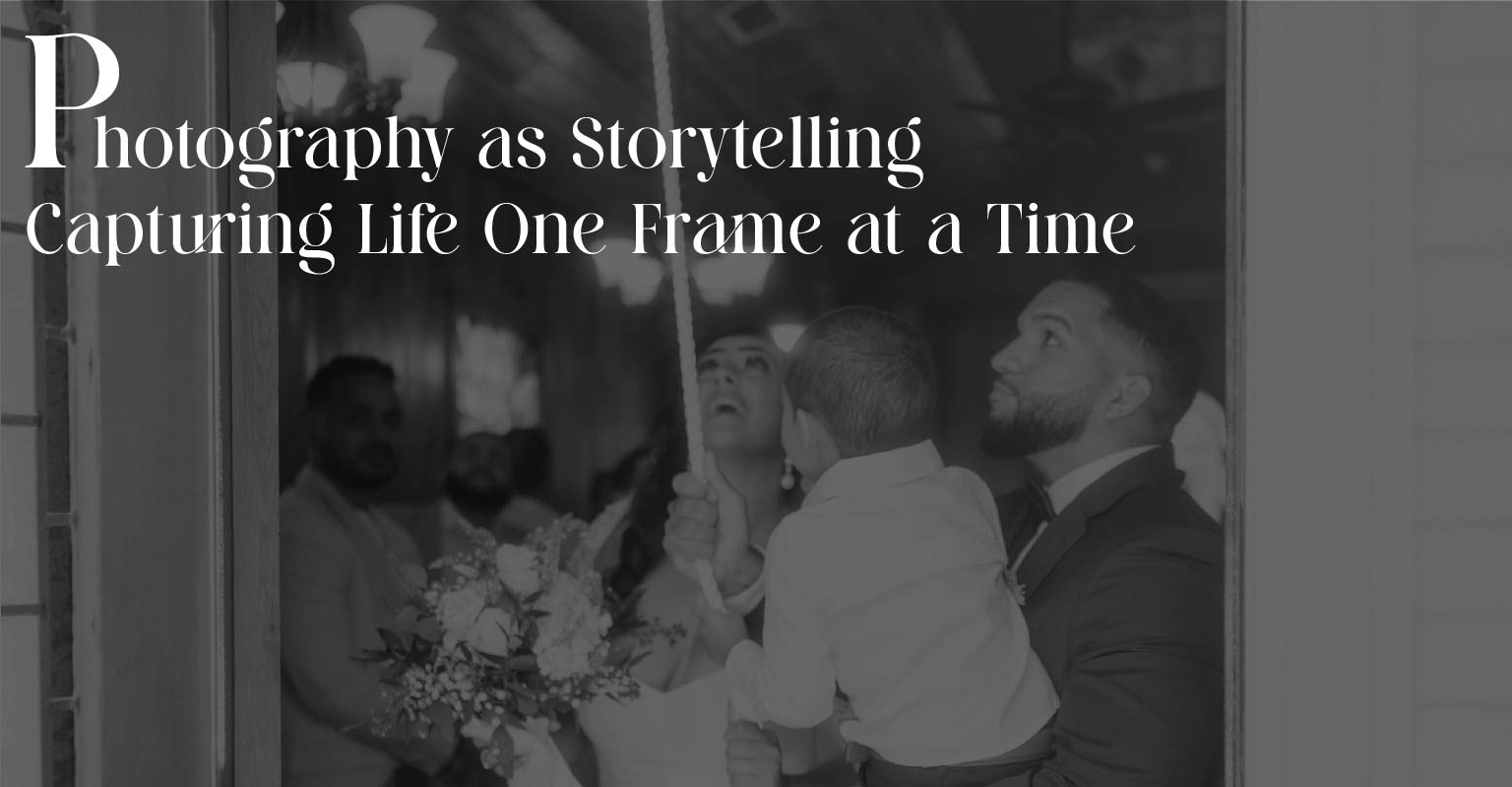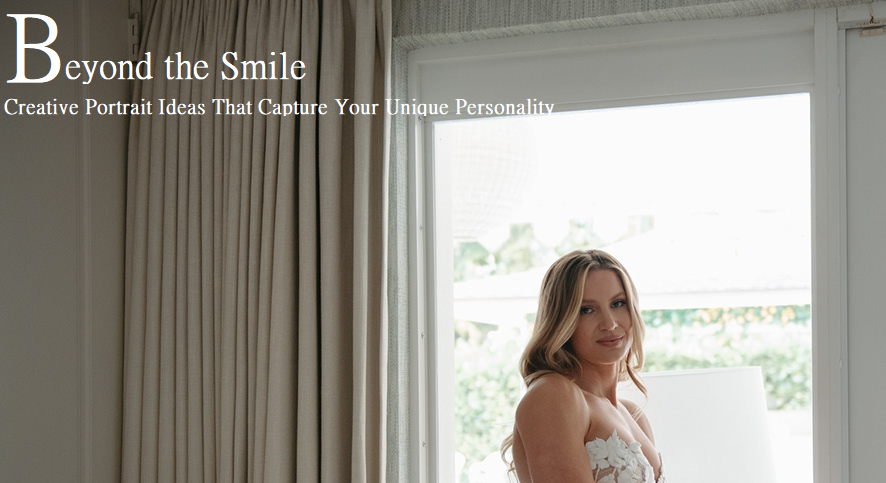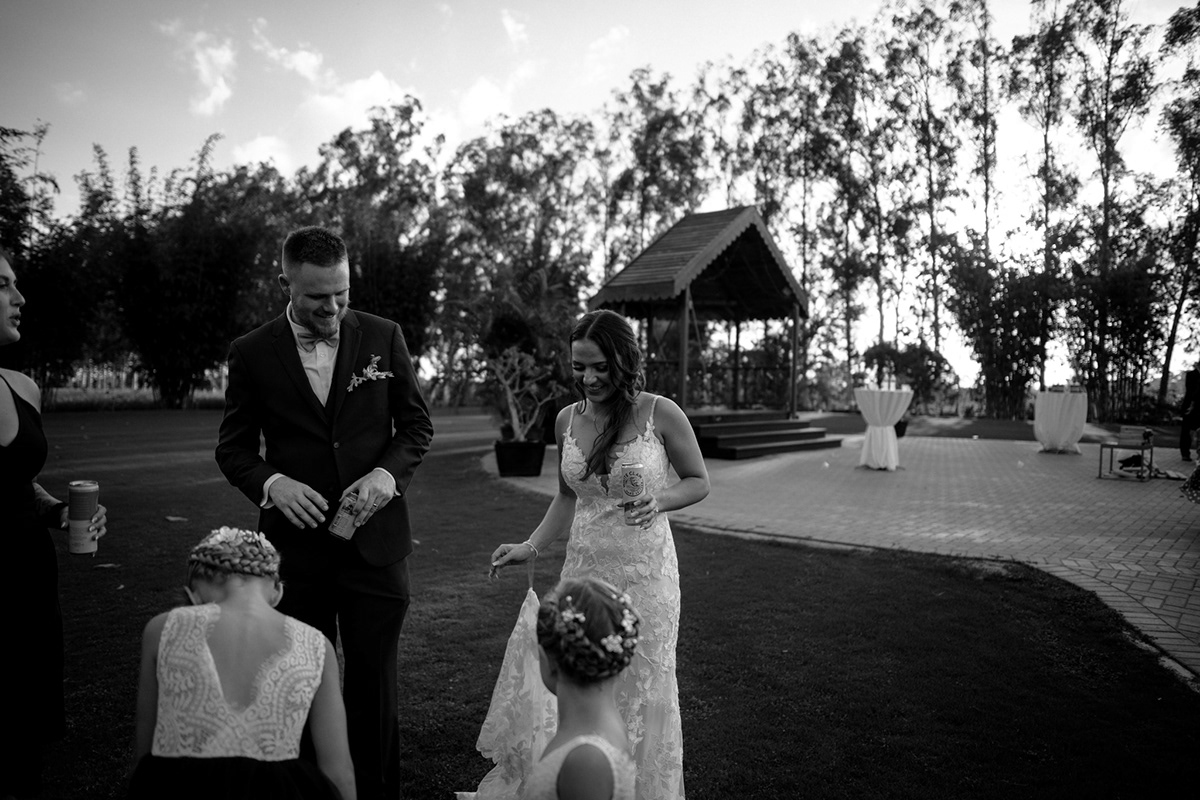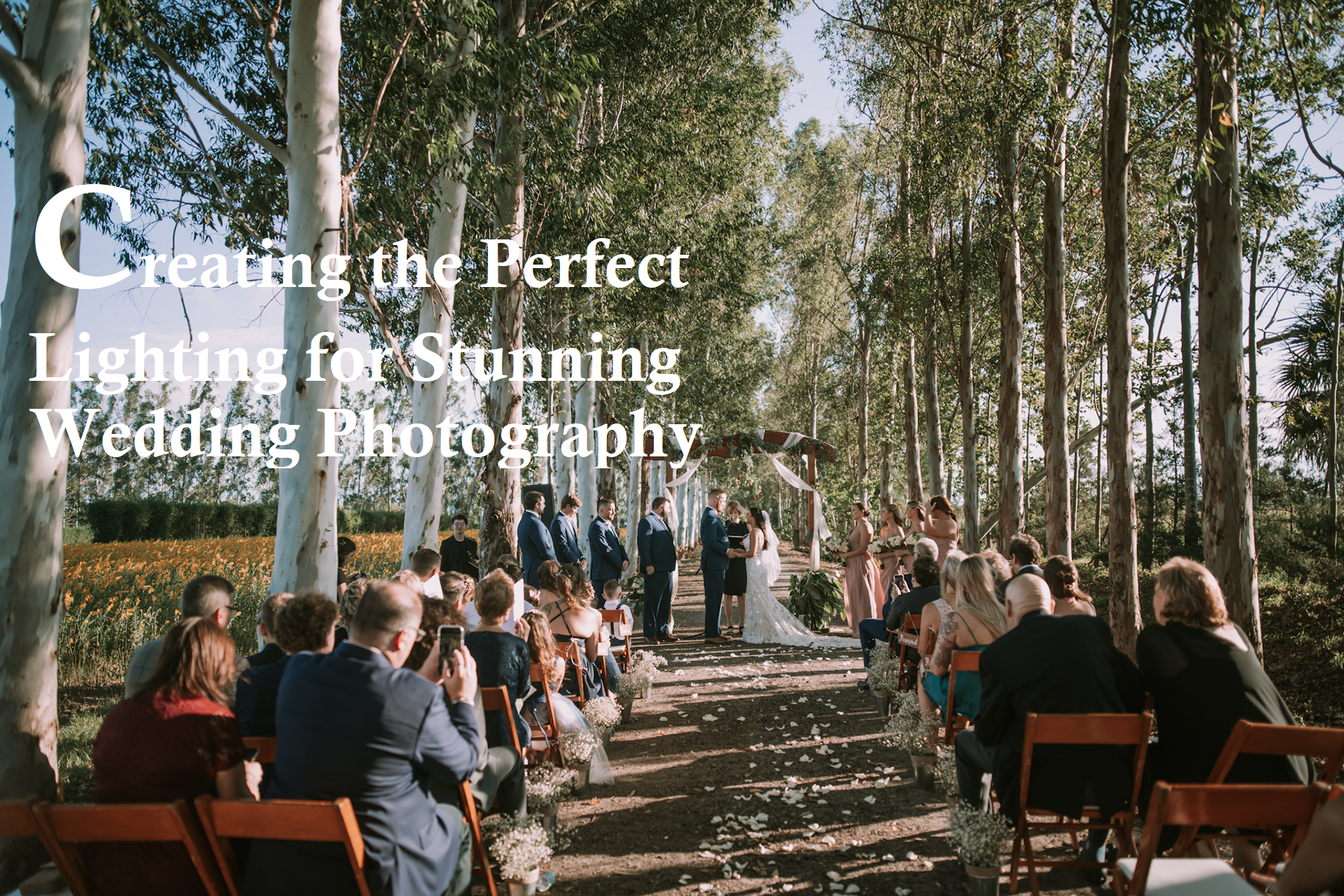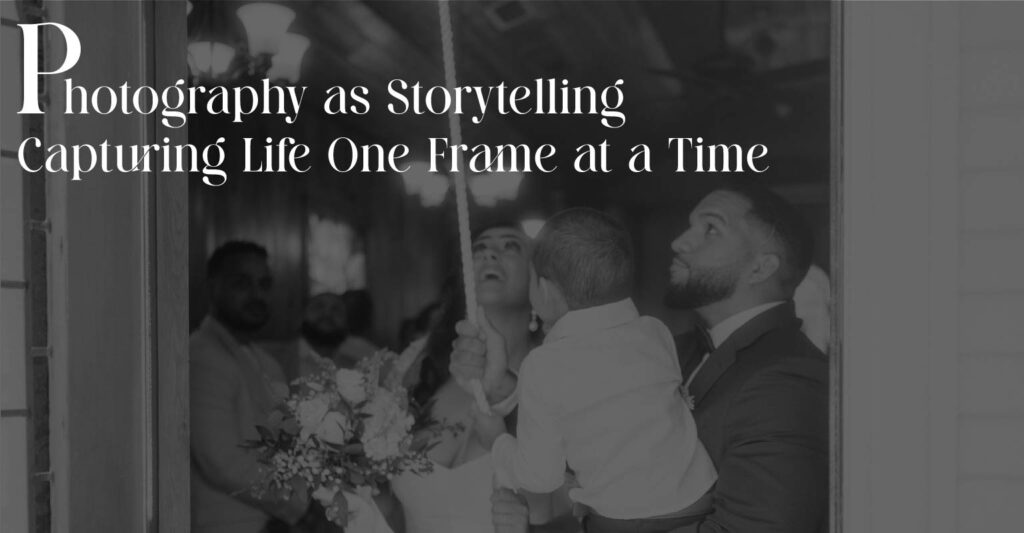
In an age where every moment can be documented and shared instantly, photography has become more than just a means of capturing images—it has evolved into a powerful tool for storytelling. A single photograph has the ability to convey emotions, narrate events, and encapsulate entire experiences without the need for words. This unique form of storytelling is universal, transcending language and culture, and touching the very essence of what it means to be human.
The Power of a Single Frame
Unlike words, which require time to read and understand, a photograph tells its story in an instant. Within a fraction of a second, a viewer can absorb the essence of the scene—whether it’s the joy of a couple’s first kiss, the solemnity of a historical moment, or the quiet beauty of a landscape. This immediacy is what makes photography such a powerful storytelling medium.
Each element within a photo—lighting, composition, subject, and background—plays a crucial role in telling the story. The way a photographer frames the shot, the choice of color or black-and-white, and even the decision to capture a candid moment versus a posed one, all contribute to the narrative being told. A well-composed photograph can communicate a wealth of information and emotion, allowing viewers to step into the story as if they were there themselves.
Capturing the Human Experience
Photography has the extraordinary ability to capture the full spectrum of human emotions and experiences. Whether it’s the joy of a wedding, the anticipation of a new birth, or the bittersweet nostalgia of old age, photographs can tell stories that are deeply personal and universally relatable.
Portrait photography, for example, isn’t just about capturing a person’s likeness; it’s about telling the story of who they are at that moment in time. A skilled photographer can reveal layers of personality, history, and emotion in a single shot, making the viewer feel as though they know the person in the photo.
Similarly, documentary photography often focuses on telling stories of real-life events and people, shedding light on the human condition. Through images, photographers can raise awareness, evoke empathy, and inspire action, all while preserving the moments that define our collective experience.
The Art of Storytelling in Photography
The art of storytelling through photography lies in the photographer’s ability to see beyond the obvious and capture the underlying narrative. This requires a keen eye for detail, an understanding of composition, and an innate sense of timing. It’s about anticipating the moment before it happens and being ready to click the shutter at just the right time.
Photographers often approach their work with a specific narrative in mind, whether they are capturing the essence of a bustling city, documenting a social issue, or creating a series that explores a particular theme. Through careful selection of images, photographers can craft a story that unfolds over time, with each photo adding another layer to the narrative.
Why Photography Matters
Photography matters because it captures the fleeting moments that make up our lives. It tells stories that words alone cannot, stories that connect us to each other and to the world around us. Whether it’s a snapshot of a family gathering, a powerful image from a protest, or a serene landscape that takes your breath away, photography has the power to move us, inspire us, and make us see the world in a new light.
In essence, photography is storytelling in its purest form. It’s about capturing life as it happens, preserving memories, and sharing experiences in a way that resonates on a deeply emotional level. Every photograph tells a story, and every story is worth telling.


